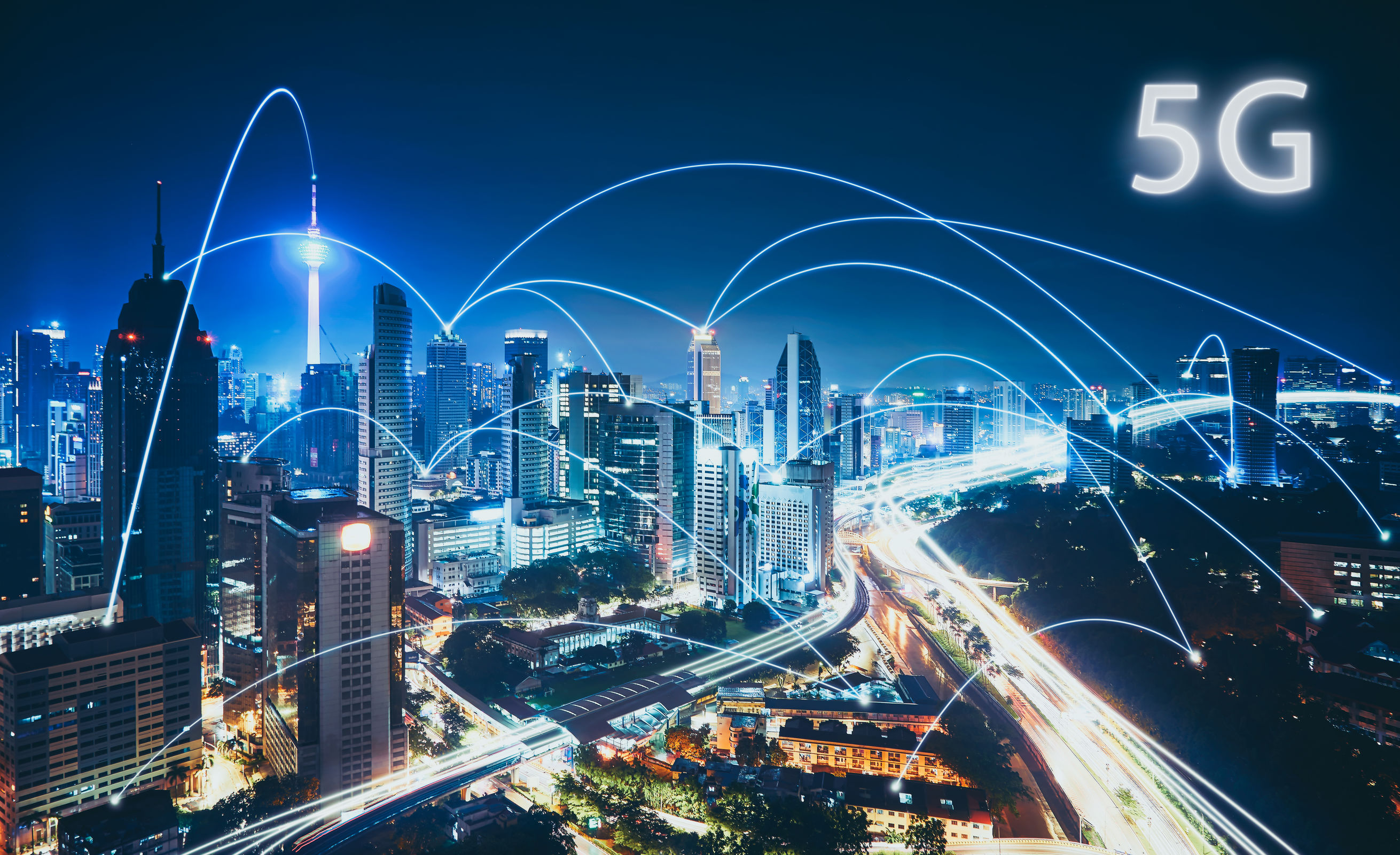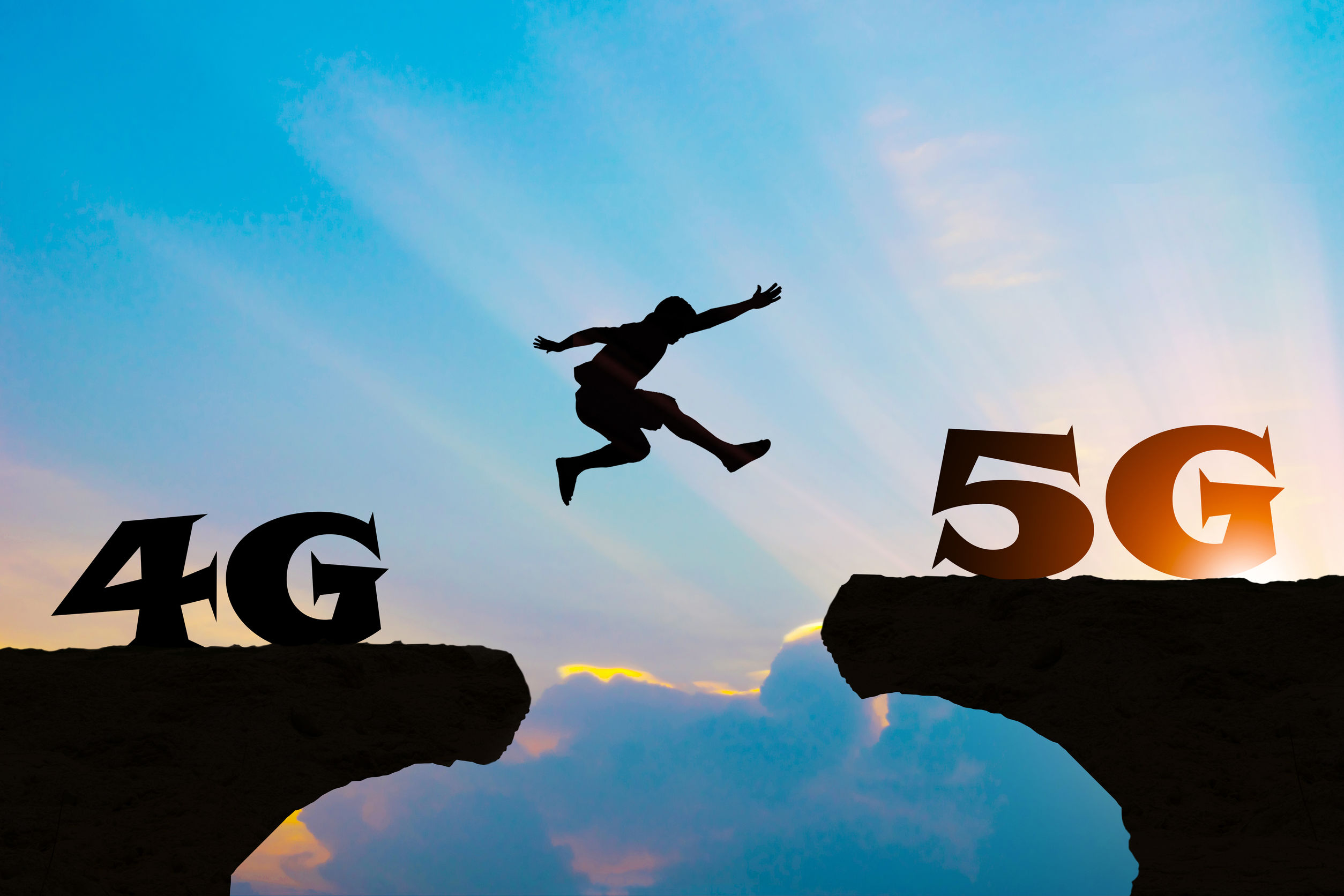19/11/2019
The auction of 5G spectrum bands is getting closer and closer. The process is expected to take place during the first quarter of 2020 and this will allow this technology to begin to reach citizens on a massive scale and we will be able to enjoy its advantages, but… what exactly does it consist of and what changes will it bring to our lives?
What is it and what is it for?
5G will not simply be a new generation of mobile telephony, but rather the fundamental enabler for the digital transformation of society and the development of the fourth industrial revolution.
It has nothing to do with what the move from 3G to 4G entailed. It will mean an unprecedented increase in the number of connected devices, data transfer volumes and real-time remote management capabilities.

All this, which will be achieved thanks to increased speed and reduced latency, will be essential in areas such as industry, distribution networks (water, electricity, etc.) or traffic management (in an environment where autonomous cars, traffic lights and even traffic signals require a fast connection and response time) or healthcare (remote assistance in remote operations) or entertainment (virtual reality, augmented reality or real-time games).
In a scenario where cell phones will be just another device among the millions of connected devices, 5G networks are absolutely essential for the development of the Internet of Things (IoT) or autonomous driving.
Are the frequency bands used for 5G the same as those currently in use?
Yes, the frequency bands that will be used for 5G are those that were already being used for other purposes in addition to existing mobile network technologies. 5G technology will be deployed in three key frequency bands to provide greater coverage and include all of the use cases noted above. The three bands are below 1 GHz, between 1-6 GHz and above 6 GHz.
Portions of some of these bands are currently used for DTT broadcasting, radiolocation services, TV signal transport radio links, etc… so in some cases a service release process is needed in specific parts of the bands so that they can be used for 5G.
4G and 5G technologies will coexist and complement each other in terms of performance and capacity for quite a few years to come. Thus, 4G will have nationwide coverage, while 5G will be gradually deployed according to usage demand.
What types of antennas are used for 5G?
5G will use MIMO (multiple input, multiple output) antennas that have multiple elements or connections to simultaneously send and receive more data. Its operation is similar to current MIMO WIFI routers.
The benefit for users is that they can guarantee high performance to a greater number of terminals connected to the network at the same time.

Will more antennas than currently exist be necessary?
Yes, the antennas currently installed are not designed to operate on the frequencies where 5G will be deployed. In the bands below 6 GHz, these antennas, which will provide a much more efficient use of the power used and energy consumption, will be located in principle in the sites and infrastructures already deployed, which does not imply a priori an increase in the number of stations.
If the future so requires, as has been the case with other technologies, deployment will be expanded with new base stations or small cell solutions in the 26Ghz band if capacity or coverage so requires.
Why do pilot projects with 5G?
As with the previous technologies: 2G, 3G and 4G, the pilot projects for the experimental deployment of 5G networks are intended to allow the validation of new network capabilities, the development of applications and real use cases.
5G pilots are a critical and strategic element to facilitate the mass deployment of 5G networks and services in the future and their adoption by the different economic sectors.










